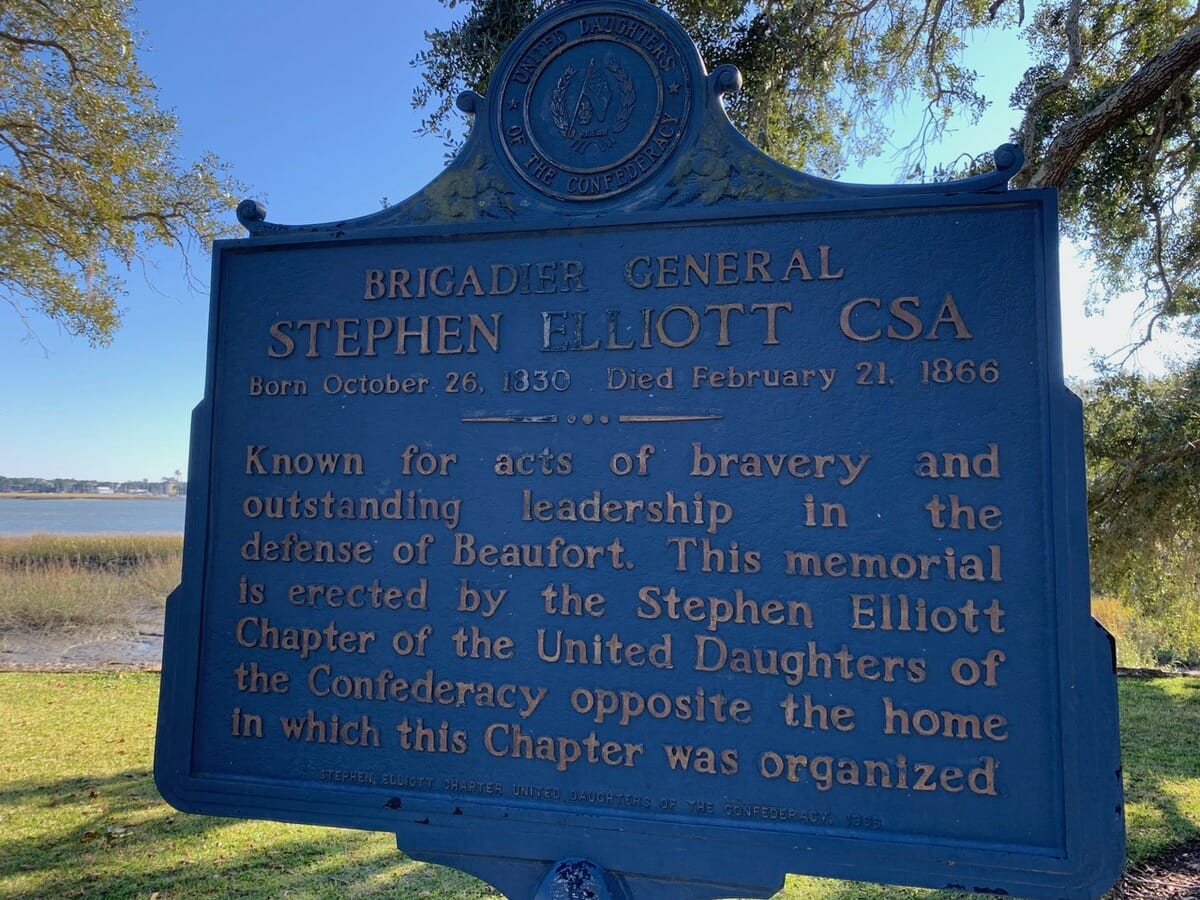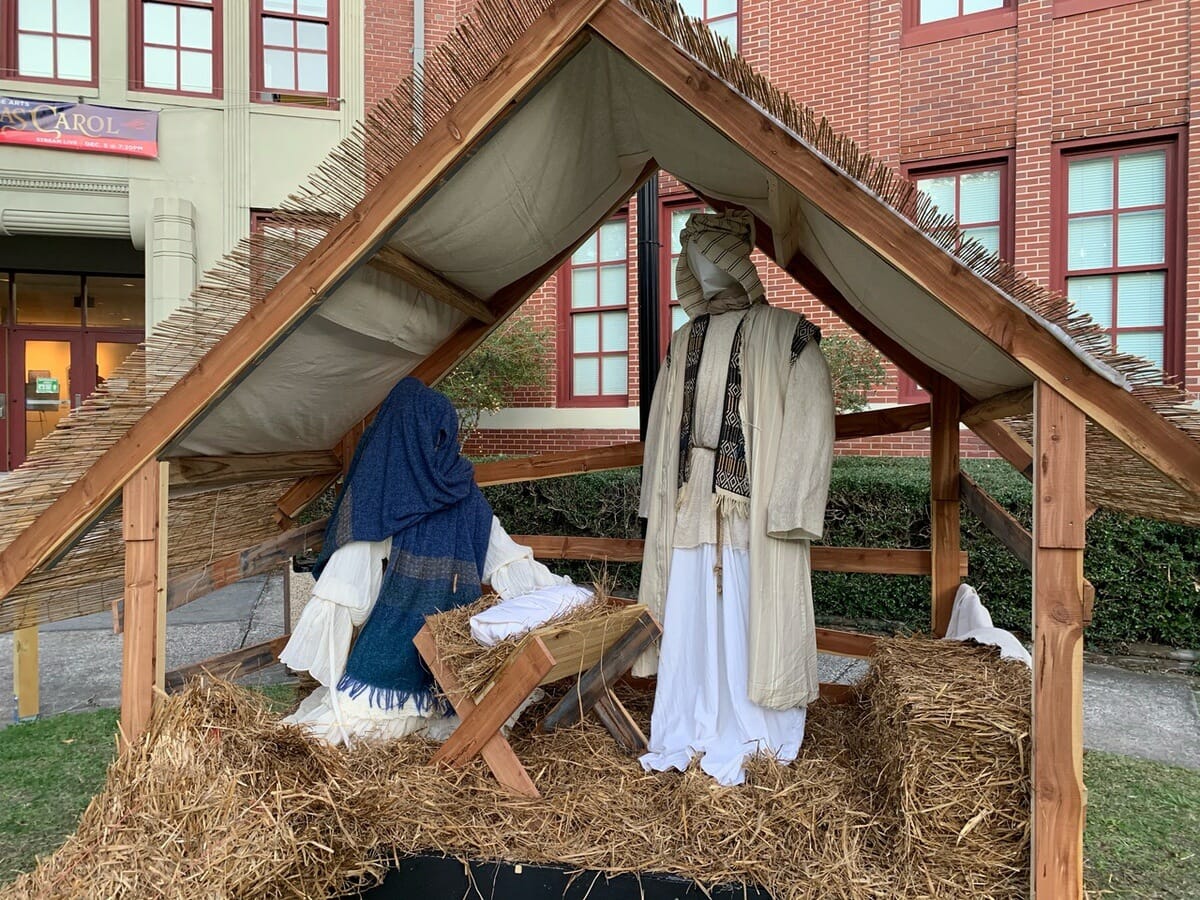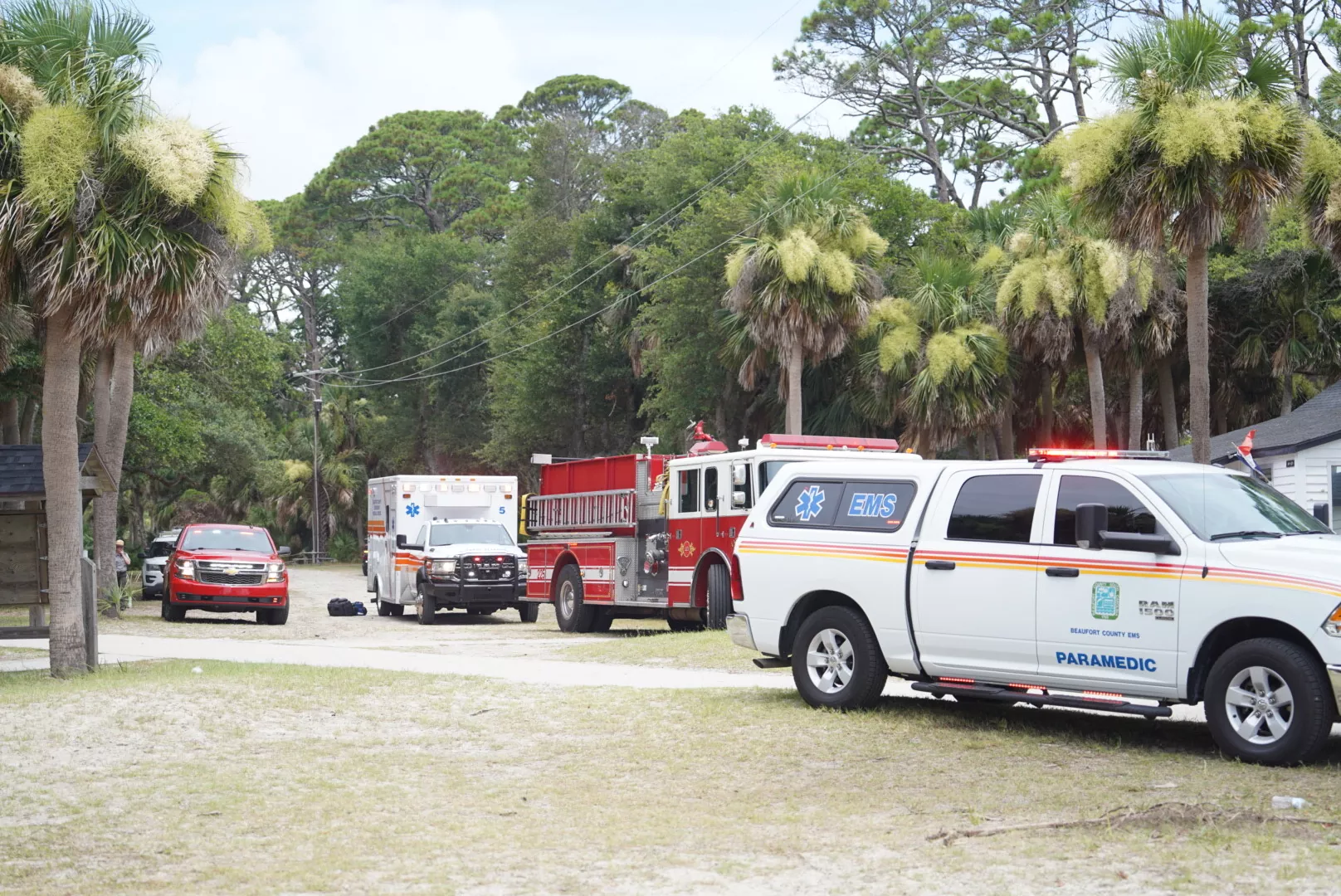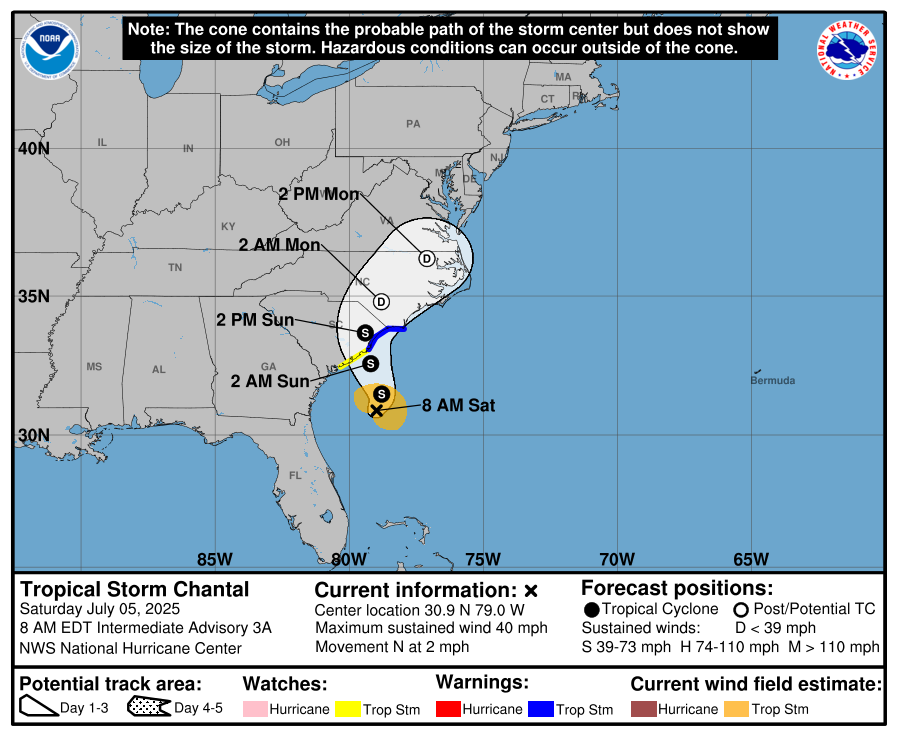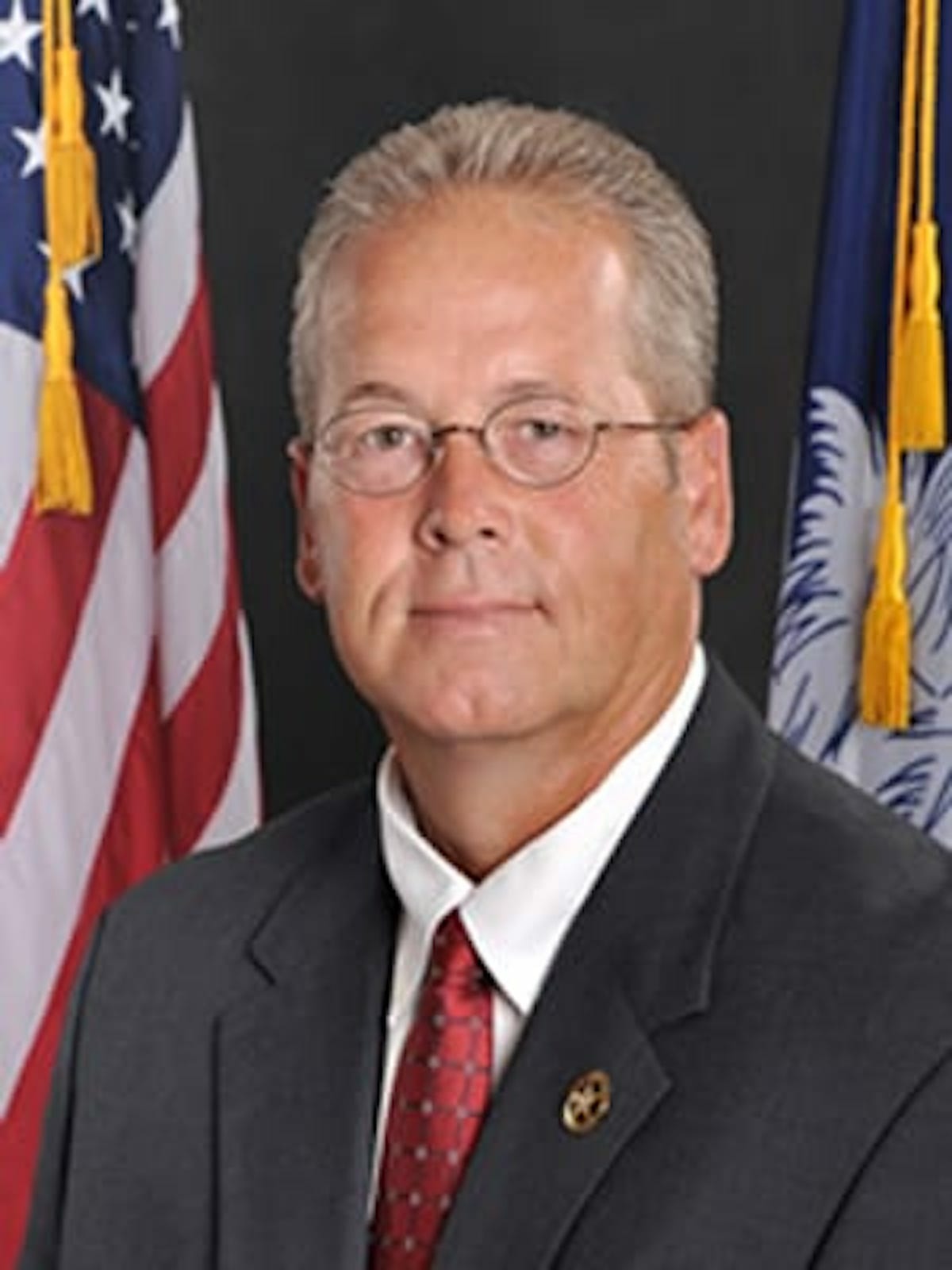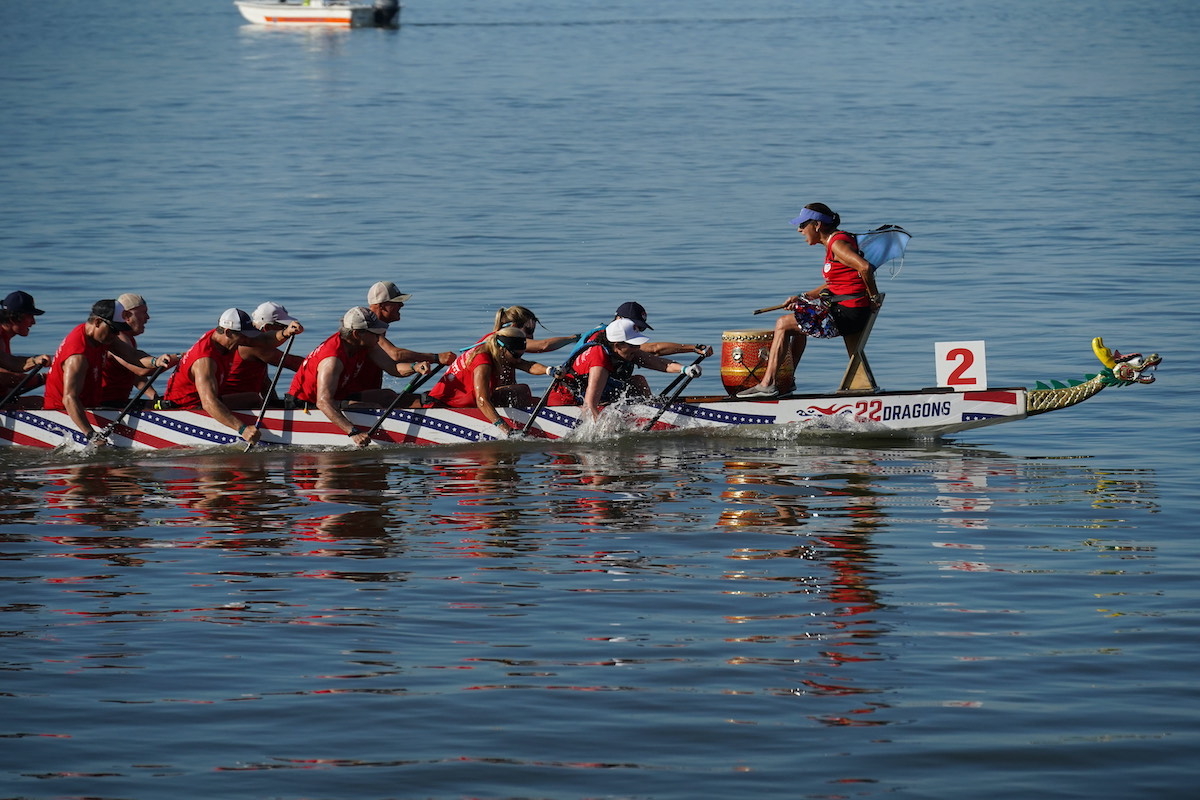Guests attending city meeting said they weren’t in favor of removing monuments – instead they would like to add to them
By Mindy Lucas
The City of Beaufort has waded into the debate over Confederate monuments and their place in public spaces.
In the first of what will likely be many discussions, Beaufort City Council took up the subject at its regular work session on Tuesday, Nov. 24 after city leaders received an inquiry into one such monument overlooking the Beaufort River.
Historians at the meeting noted that while there are very few Civil War monuments or plaques in Beaufort as compared with other cities such as Charleston or Savannah that played a larger role in the war, the city does have at least two monuments which prompted the discussion.
One, on the grounds of the former Beaufort County Courthouse on Bay Street, was paid for and installed by the United Daughters of the Confederacy (UDC) in 1957, according to Mary Somerville with the Beaufort chapter of the UDC.
Another, a marker honoring Stephen Elliott, a Brigadier General in the Confederate States Army, was placed in Stephen Elliott park at the foot of Woods Memorial Bridge in 1966 by members of the chapter. The marker stands across the street from the home in which the UDC Beaufort chapter was founded in 1910.
Outgoing Beaufort Mayor Billy Keyserling said while he did receive an inquiry with questions about the monuments, he had not received a formal request to remove anything.
“It struck me that before we did have any requests, that maybe a community conversation – there are sometimes two sides to a story maybe four, five or six – but that some of those who are concerned would have an opportunity to come together and get to know each other and better understand how they read history and what history means to them,” he said.
While the memorial and the marker were erected against the backdrop of the Civil Rights Movement during the ’50s and ’60s, Somerville said they were not put up as a “racial statement” or to “celebrate the Confederate cause.”
“The memorial … is simply a heartfelt remembrance of the Confederate dead,” she said.
Members of the Beaufort UDC had intended to erect a memorial earlier, she went on to say, but lost funds raised during the Great Depression. They saved their dues, 10 cents at a time, she said, until the money was raised for the monument which was erected in 1957.
Somerville, along with area historians and members of the community, were invited to the meeting held via Zoom to share information on the monuments, and their thoughts on what should be done, if anything, about them or other such markers in the future.

“It is our contention that if you wanted to take down or hide any of these memorials or put them in a museum, or more likely some sort of a warehouse, that would absolutely serve no purpose for history,” Somerville said. “You can’t hide history. You need to understand it and we need to learn from it.”
Beaufort resident Jeff Baker, who made the original inquiry, said any downtown monuments overlooking the Beaufort River or on public property where visitors tend to stop and take photos, should represent the majority of its citizens both past and present.
Baker had sent a letter to the mayor and members of city council earlier in the year asking about the monuments, and while he said at the meeting that he wasn’t proposing removing them, he thought the city should be adding to them to provide some context to help people understand “the complex past of Beaufort and South Carolina.”
“Any monument policy for the City of Beaufort should not project a romanticized version of the past, but rather provide a perspective that includes all the victims and heroes of any American event or tragedy,” he said.
“Let people see the complexities of history and our attempt to paint as full a picture as possible,” he went on to say. “Democracy must represent a diversity of views; otherwise, we fall victim to one dominant political ideology.”
Some at the meeting noted very little attention has been given to the monuments – possibly since Beaufort did not play as large a role in the Civil War as it had with other historical periods, they noted.
Beaufort has had more sites and places of interest tied to the Reconstruction Era, both Keyserling and historian Larry Rowland said.
In fact, the Reconstruction Era National Historic Network, launched in March, just added eight community sites located throughout South Carolina to its network. Beaufort played a prominent role in the era – a role that has only recently become more well known with the advent of the Beaufort-based Reconstruction Era National Historical Park in just the last few years.
Former State House Representative Rev. Kenneth Hodges, who also attended the meeting, said he was not a proponent of removing monuments but for including more of the “untold stories.”
Hodges was part of the legislative discussions for removing the Confederate flag from the grounds in front of the South Carolina Statehouse. The flag was taken down in 2015, after nine people were shot and killed by a white supremacist at the historic Emanuel African Methodist Episcopal Church in Charleston.
Removing monuments from the statehouse grounds was not discussed at that time, Hodges said.
“As a matter of fact, there was some of us who were trying to focus on adding more monuments to the statehouse grounds, specifically Robert Smalls and some others,” he said.
Hodges led the effort to have a bust of Smalls, who launched a daring plan to take a Confederate ship and escape to freedom, installed on the grounds of Tabernacle Baptist Church, in Beaufort.
While the statue of Smalls is not on public grounds, it is frequently visited from visitors from all over the world, Hodges noted.
In addition, he is leading the current effort to have a statue of Harriet Tubman, whose history is also tied to Beaufort, erected on a small patch of ground on the other side of the church.
“We are trying to tell the untold stories,” he said.
Hodges said the death of George Floyd in May and other events this year have renewed the country’s interest in civil war monuments and their role in public spaces.
“How do we go forward,” he said. “How do we tell the whole story and respect each other’s culture?”
Beaufort Mayor Elect Stephen Murray said the issue was complex but timely.
“I do think some type of policy or some type of ongoing community dialogue about making sure we’re telling the whole story should be a goal of ours,” he said.
Keyserling proposed looking at the possibility for “community discussions” on the issue.
He said the University of South Carolina has put together an extensive group to examine buildings and monuments in the Columbia area.
“We would be well suited to have a policy,” he said.
Those who attended the meeting are working to put together a few ideas for what that policy might look like, both he and Jeff Baker confirmed later by phone.
The issue is expected to be taken up again though there are no set dates at this time, the mayor said.
Top: The marker at the base of the Woods Memorial Bridge overlooking the Beaufort River was purchased and installed in 1966 by the United Daughters of the Confederacy Beaufort Chapter which is named after Stephen Elliott a Brigadier General in the Confederate Army. The chapter was formed in 1910 in the home across from the marker. Photo by Mindy Lucas.


